Yes, you can charge a Tesla with a 240V outlet, and in fact, it's one of the best ways to charge your electric vehicle (EV) at home. Many Tesla owners opt for 240V outlets due to the faster charging times and greater convenience it offers compared to standard household outlets. In this article, we'll dive into how it works, its safety, and how it compares to other charging methods.
What is a 240V Outlet?
A 240V outlet is commonly found in homes and is often used for heavy-duty appliances like dryers, ovens, and air conditioners. These outlets provide more power than the standard 120V outlets used for everyday devices. In the context of EVs, a 240V outlet allows for quicker charging because it delivers higher voltage, which directly translates into faster energy transfer to your Tesla's battery. This makes it a preferred option for at-home charging setups.

Is 240V Charging Safe for Your Tesla?
Yes, charging a Tesla using a 240V outlet is completely safe, provided that the installation is done correctly and appropriate charging equipment is used. Tesla vehicles are designed with advanced safety features that manage the charging process and prevent potential issues, such as overheating or overcharging. When a Tesla is connected to a 240V outlet, the onboard charger regulates the electrical current to ensure the battery receives the right amount of power.
Tesla recommends using a certified electrician to install 240V outlets for home charging, especially when setting up a Tesla Wall Connector or using the NEMA 14-50 adapter. This ensures the charging system is properly integrated into the home’s electrical infrastructure and minimizes the risk of electrical faults.
Moreover, Tesla’s chargers are equipped with built-in safety mechanisms such as:
-
Thermal management systems that monitor the temperature of the battery and adjust charging speeds if it gets too hot.
-
Overcurrent protection prevents the charging system from drawing too much power, ensuring that the electrical load remains within safe limits.
-
Ground fault detection automatically shuts off charging if it detects an electrical fault.
In summary, charging a Tesla with 240V is not only safe but also an efficient method when paired with proper installation and Tesla-certified equipment. These safety features make the 240V option a reliable and worry-free choice for home charging.
How Does Charging a Tesla with 240V Work?
Charging a Tesla with a 240V outlet is relatively straightforward but requires some key components to work efficiently. When you connect your Tesla to a 240V outlet, the charging process is managed by the car’s onboard charger, which converts the alternating current (AC) from the outlet into direct current (DC) that can be stored in the battery.
Most Tesla owners use either the Tesla Wall Connector or the Mobile Connector with a NEMA 14-50 adapter to charge at home using 240V. Here's a step-by-step breakdown of how it works:
-
Connection: Once plugged into the 240V outlet, the Tesla onboard charger detects the incoming electrical power and adjusts the charging rate to match the outlet’s capacity. A typical NEMA 14-50 outlet can deliver up to 40 amps, while the Wall Connector can offer even more amperage, depending on your home’s electrical setup.
-
Current Conversion: The Tesla onboard charger then converts the incoming AC electricity from the 240V outlet into DC electricity, which is stored in the car’s battery. This process is highly efficient, and the car constantly monitors the power being delivered to ensure it remains safe and stable.
-
Charging Speed: With a 240V outlet, the charging speed is significantly faster than a standard 120V outlet. On average, you can expect to add 25-30 miles of range per hour of charging, depending on your Tesla model and the available amperage. This makes 240V outlets ideal for overnight charging, as it allows the car to reach full charge within a manageable time frame.
-
Monitoring and Adjustments: Throughout the charging process, Tesla's onboard systems continuously monitor the temperature, voltage, and current to ensure optimal charging. If the battery starts to get too hot or detects an irregular power supply, the system will automatically slow down or pause the charging process to prevent any damage.
By using a 240V outlet, Tesla owners can enjoy faster and more convenient charging compared to standard outlets. It provides a practical solution for those who want to keep their car charged efficiently at home, especially for daily driving needs.

Comparison with Other Charging Methods
While charging a Tesla with a 240V outlet is a popular choice for many owners, it’s important to understand how it compares to other available charging methods. Tesla drivers have several options depending on their access to charging infrastructure, each with its own advantages and limitations. Let’s explore the key differences:
1. 120V Outlet (Level 1 Charging)
A standard 120V outlet, commonly found in homes, can also be used to charge a Tesla. This is often referred to as Level 1 charging. While it’s the most accessible option, it is also the slowest. With a 120V outlet, you’ll typically add around 3-5 miles of range per hour. This method is best suited for people who drive short distances or have limited access to faster charging options. However, for most Tesla owners, especially those who drive daily, Level 1 charging is often too slow to keep up with their needs.
2. 240V Outlet (Level 2 Charging)
As previously discussed, using a 240V outlet for Level 2 charging adds 25-30 miles of range per hour, depending on the Tesla model and outlet configuration. This is a significant improvement over the 120V outlet and is often seen as the ideal solution for home charging. Many Tesla owners use 240V outlets with either a NEMA 14-50 adapter or a Tesla Wall Connector to achieve faster and more practical charging speeds overnight.
3. Tesla Superchargers
Tesla Superchargers are the fastest charging option, designed for long-distance travel and quick top-ups while on the road. These high-powered stations can charge a Tesla battery to 80% in about 30-40 minutes. While incredibly convenient for road trips, Superchargers are not typically used for daily charging due to their higher cost per kilowatt-hour and the fact that frequent fast charging can lead to battery wear over time. However, they are indispensable when you need to cover long distances quickly.
4. Public Level 2 Chargers
Public Level 2 chargers, found in parking lots, shopping centers, and workplaces, offer a similar charging experience to 240V home outlets. They can add 20-30 miles of range per hour and are a convenient option if you don’t have access to home charging. However, depending on location, these chargers may be more expensive, and availability can be an issue in busy areas.
Conclusion
Charging your Tesla with a 240V outlet is one of the most efficient and cost-effective ways to maintain your EV's battery. It offers faster charging times compared to standard outlets and provides a safe and reliable solution for daily use. Whether you're charging overnight or need a quick boost, the 240V setup strikes the perfect balance between convenience and performance, making it an excellent choice for Tesla owners.
For an enhanced charging experience, consider Autel’s NACS EV charger, designed for fast and efficient home charging. Their EV home charger is ideal for Tesla owners looking to maximize their EV charge capabilities, offering reliability and ease of use for everyday charging needs.

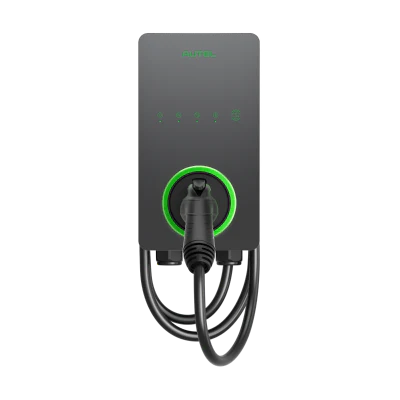
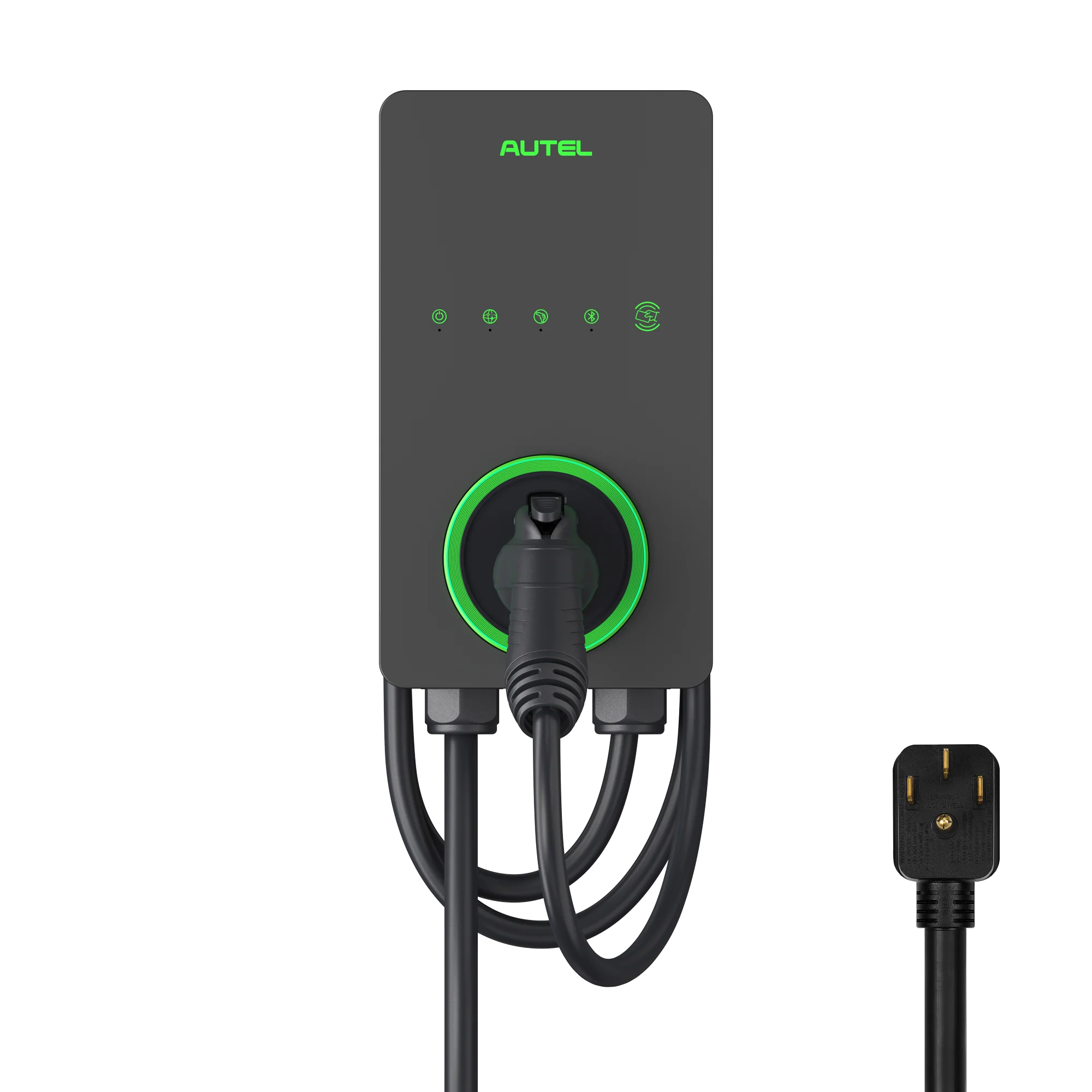
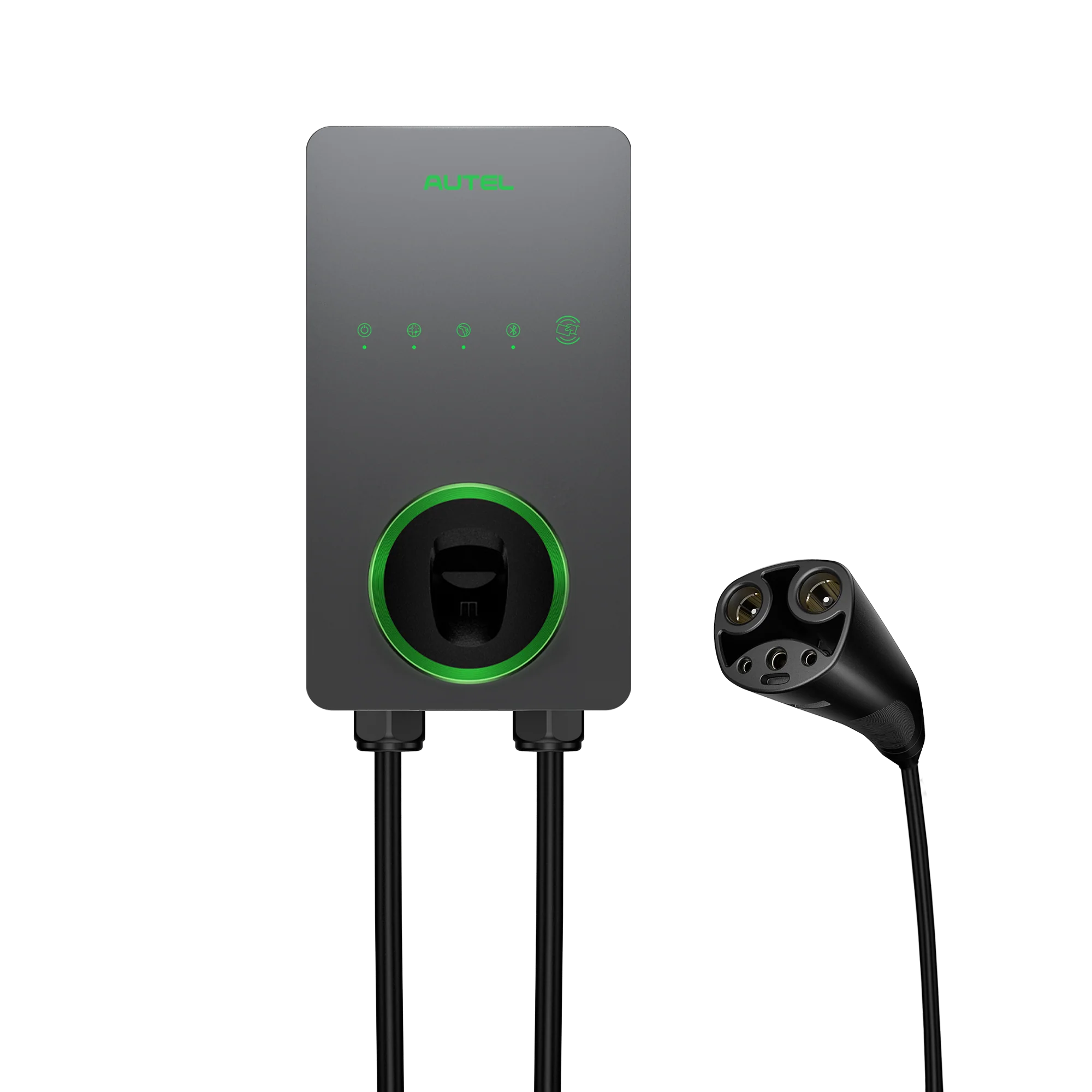
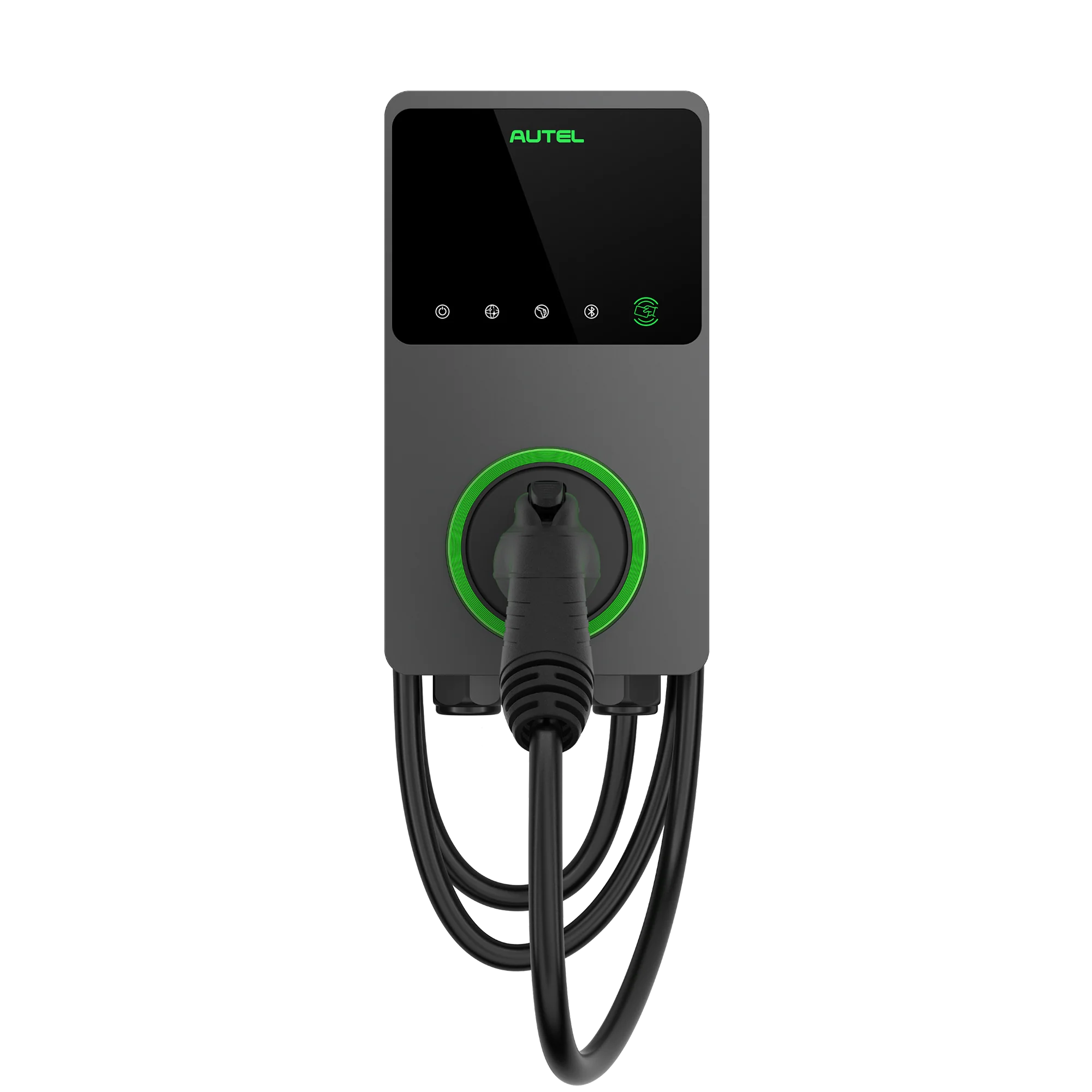
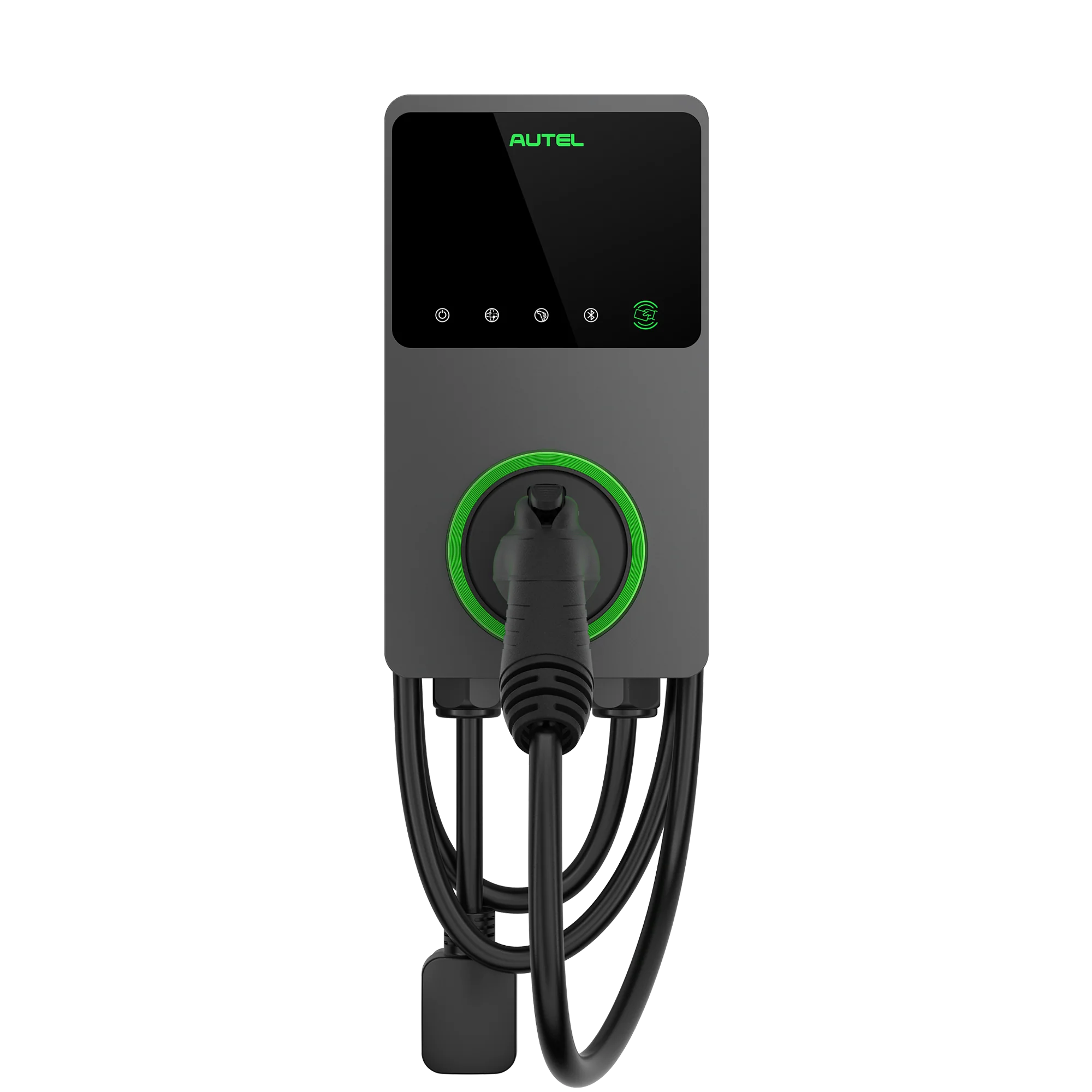
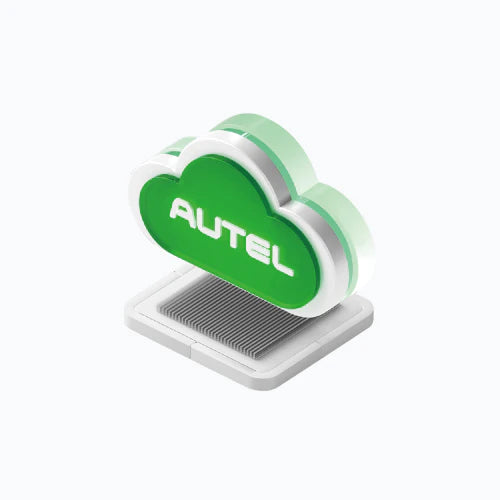
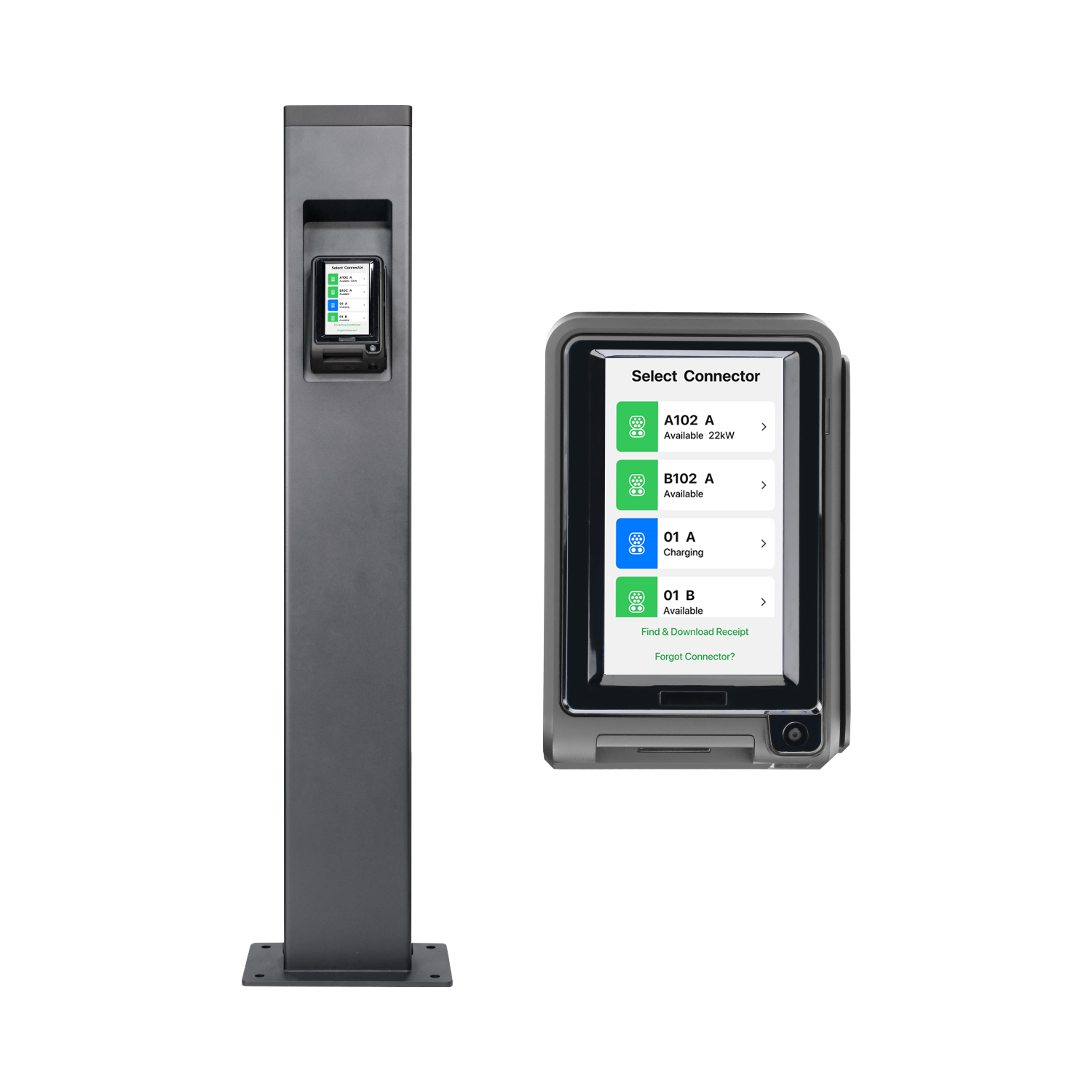
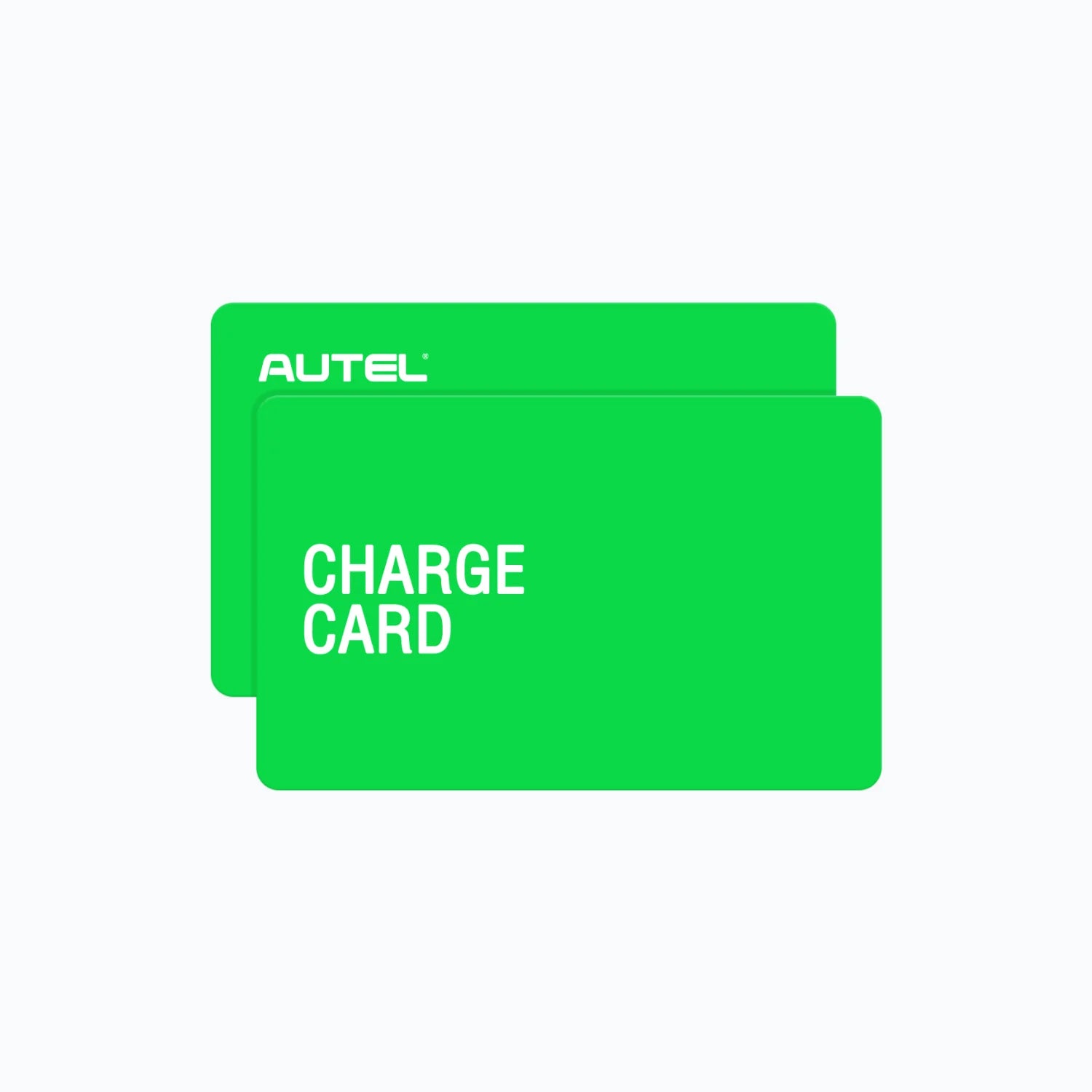
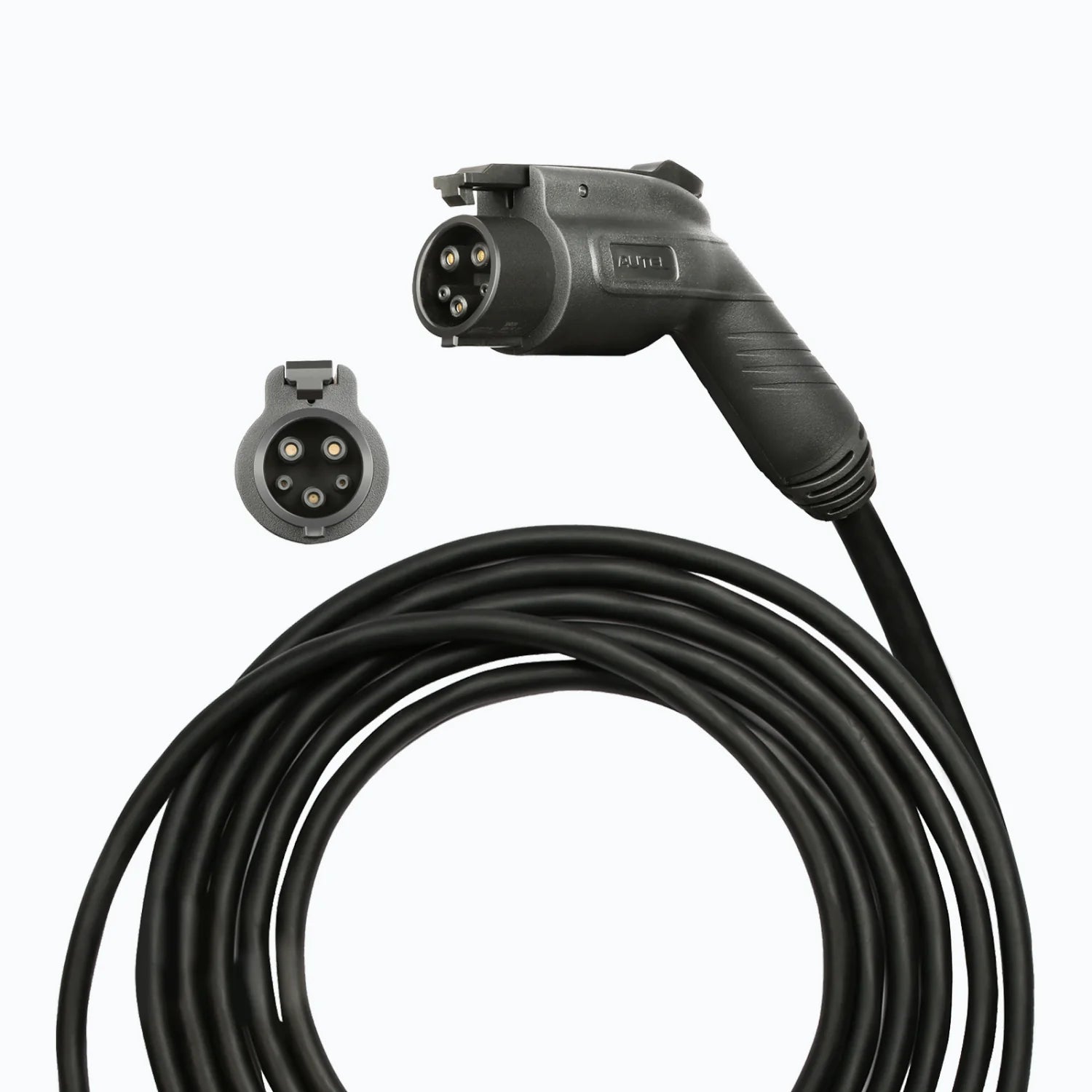
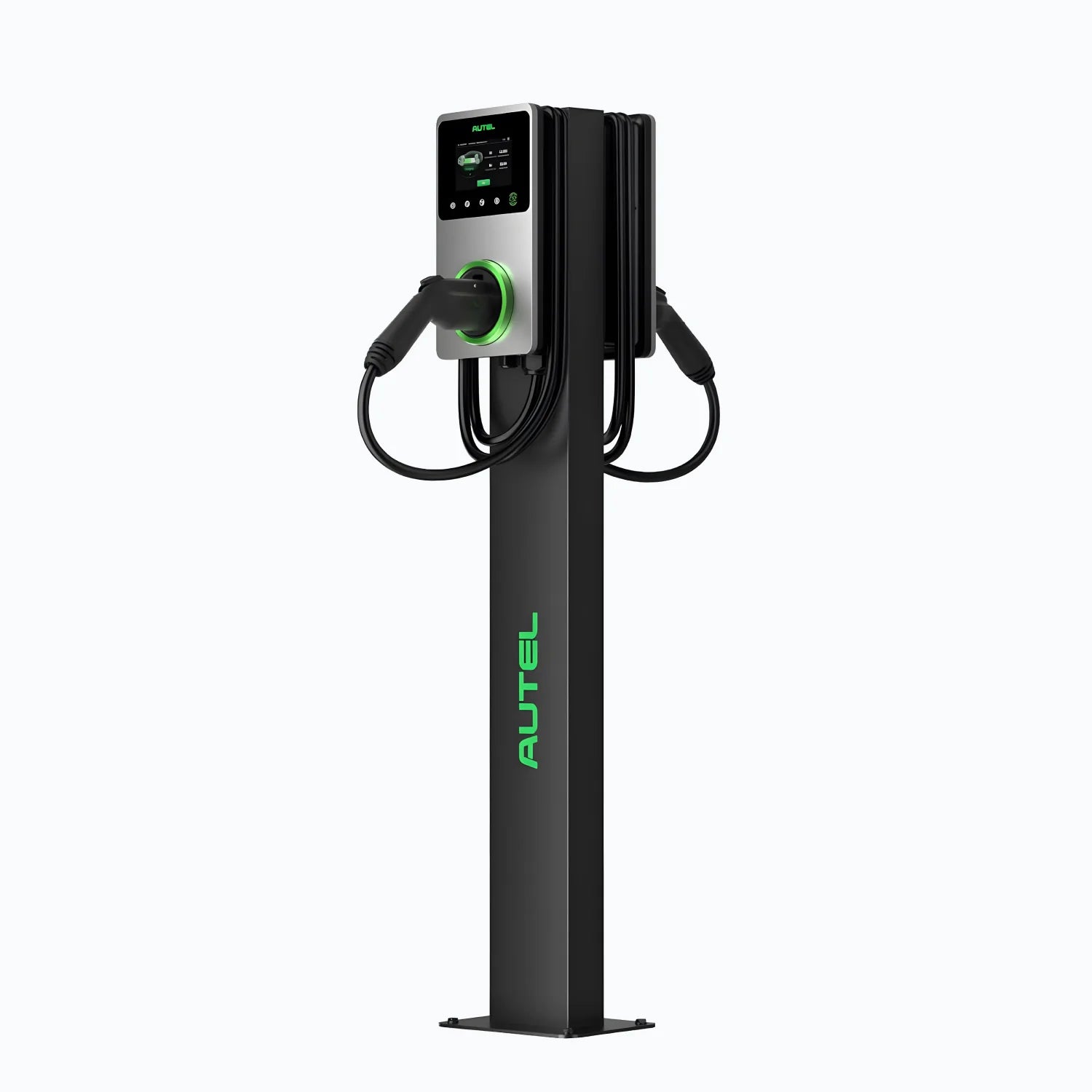
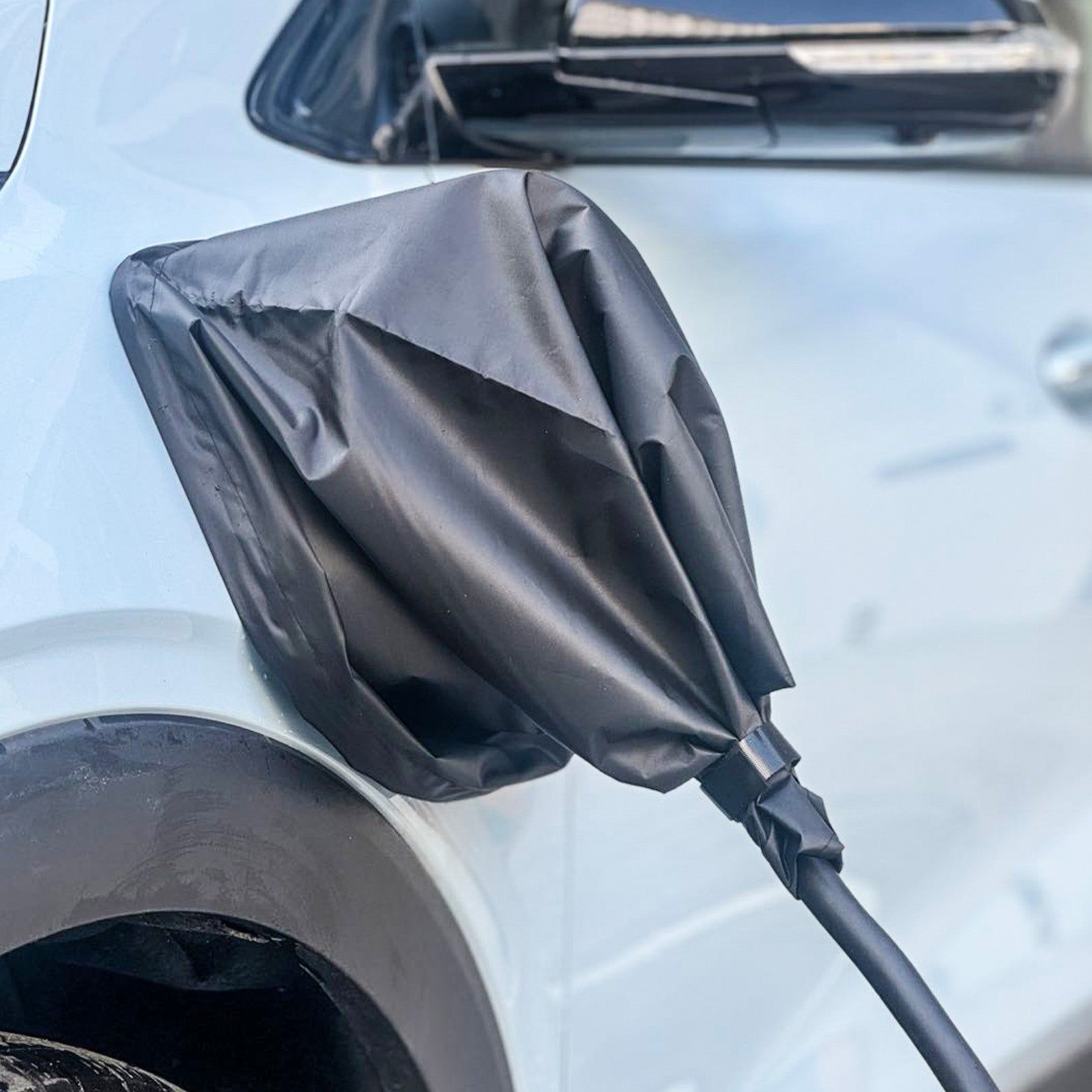
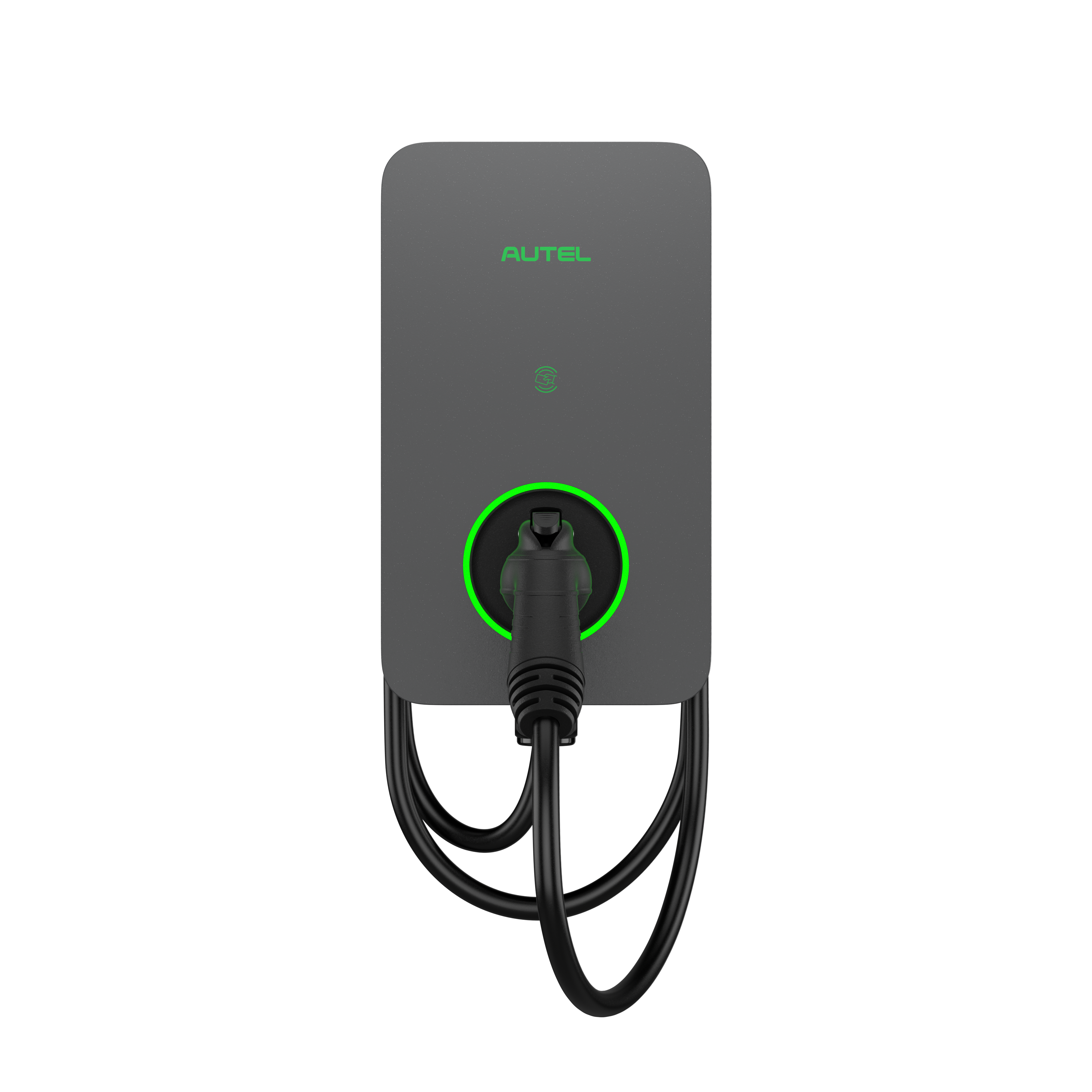
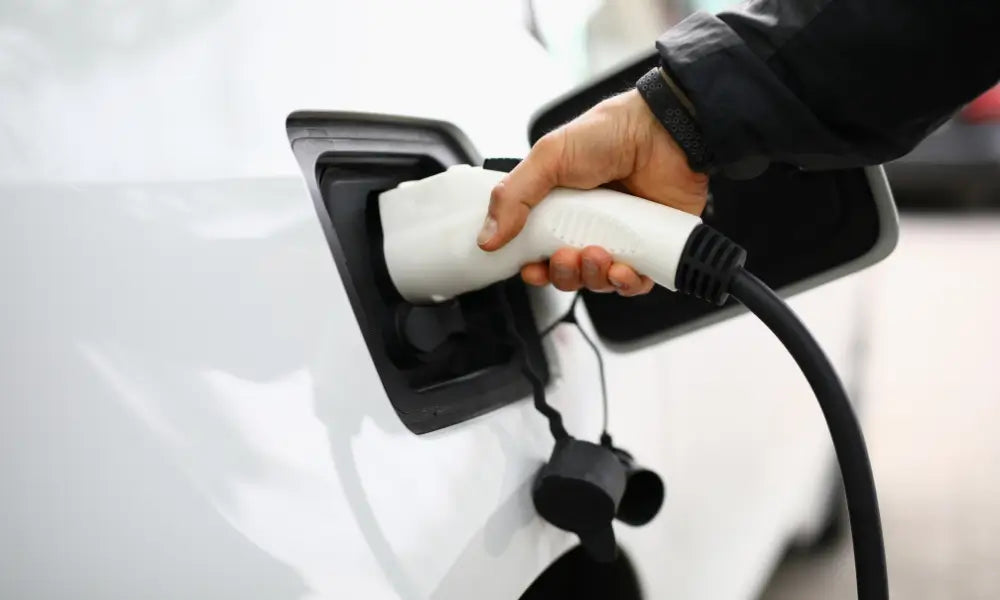
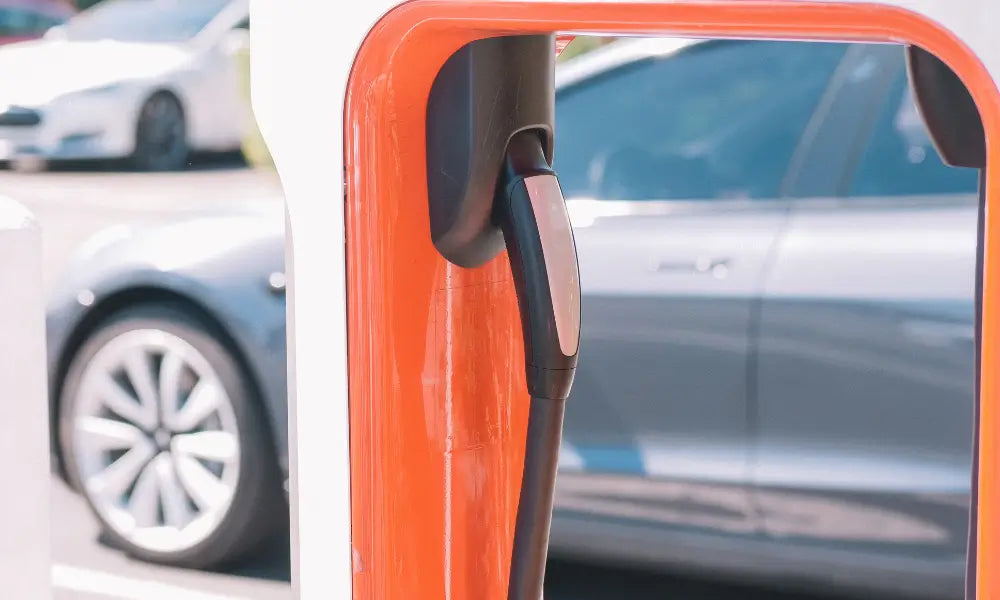
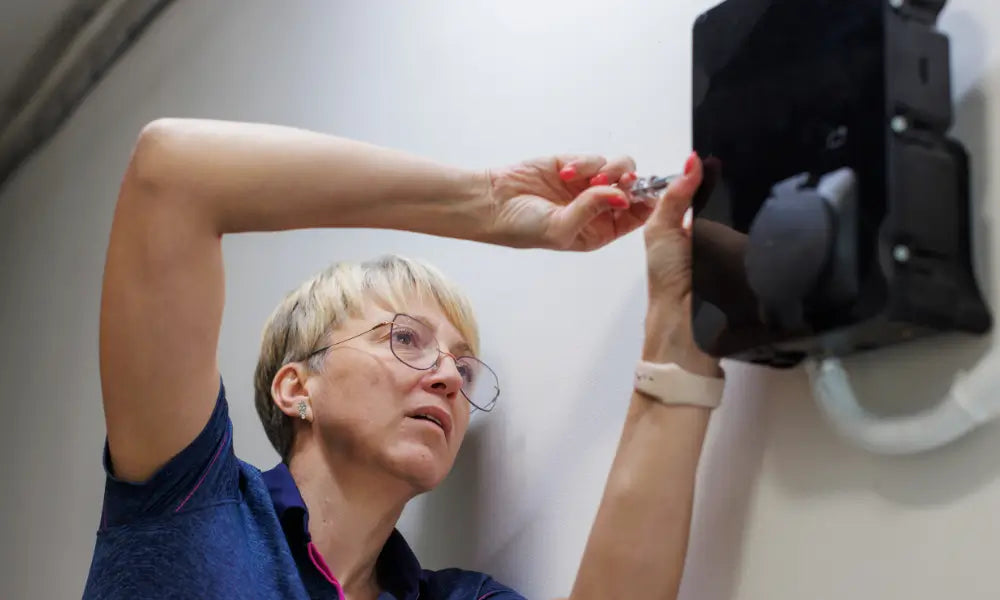
Dejar un comentario
Todos los comentarios se revisan antes de su publicación.
Este sitio está protegido por hCaptcha y se aplican la Política de privacidad de hCaptcha y los Términos del servicio.